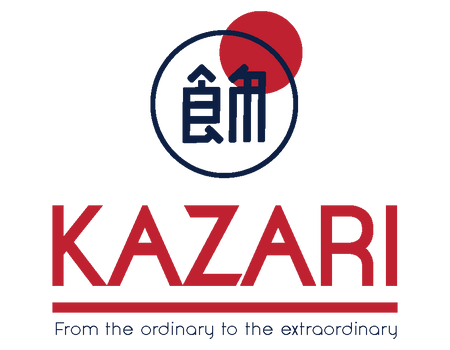MEIJI PERIOD: AD 1868-1912
"Direct imperial rule was restored in the Meiji Restoration of 1868. The name of the new era, Meiji ('Enlightened rule'), was chosen by the 16-year-old Emperor Mutsuhito (reigned 1867-1912). He moved his capital from Kyoto to Edo, renaming it Tokyo ('Eastern capital') to emphasize the abolition of the shogunate.
During the Meiji period, Japan made the transition to a modern industrial state and world power. Mutsuhito made a 'Charter Oath' promising that evil customs of the past would be abandoned. Reform and innovation were encouraged in every sphere. Taxation, education and defence were modernized and telegraph, postal and railway systems were introduced. New industries were established which by 1900 were competing with agriculture.
The country's arts, literature and science were strongly influenced by the West. Novelists, such as Natsume S?seki (1867-1916), experimented with romanticism and naturalism using a new, colloquial style. Many painters went to study in Paris. Kuroda Seiki (1866-1924), who returned to Japan in 1893, was particularly influential. The changing trends were reflected in the Tokyo Art College. Western teachers inaugurated science departments in Universities".
Ref: Excerpt obtained from The British Museum

